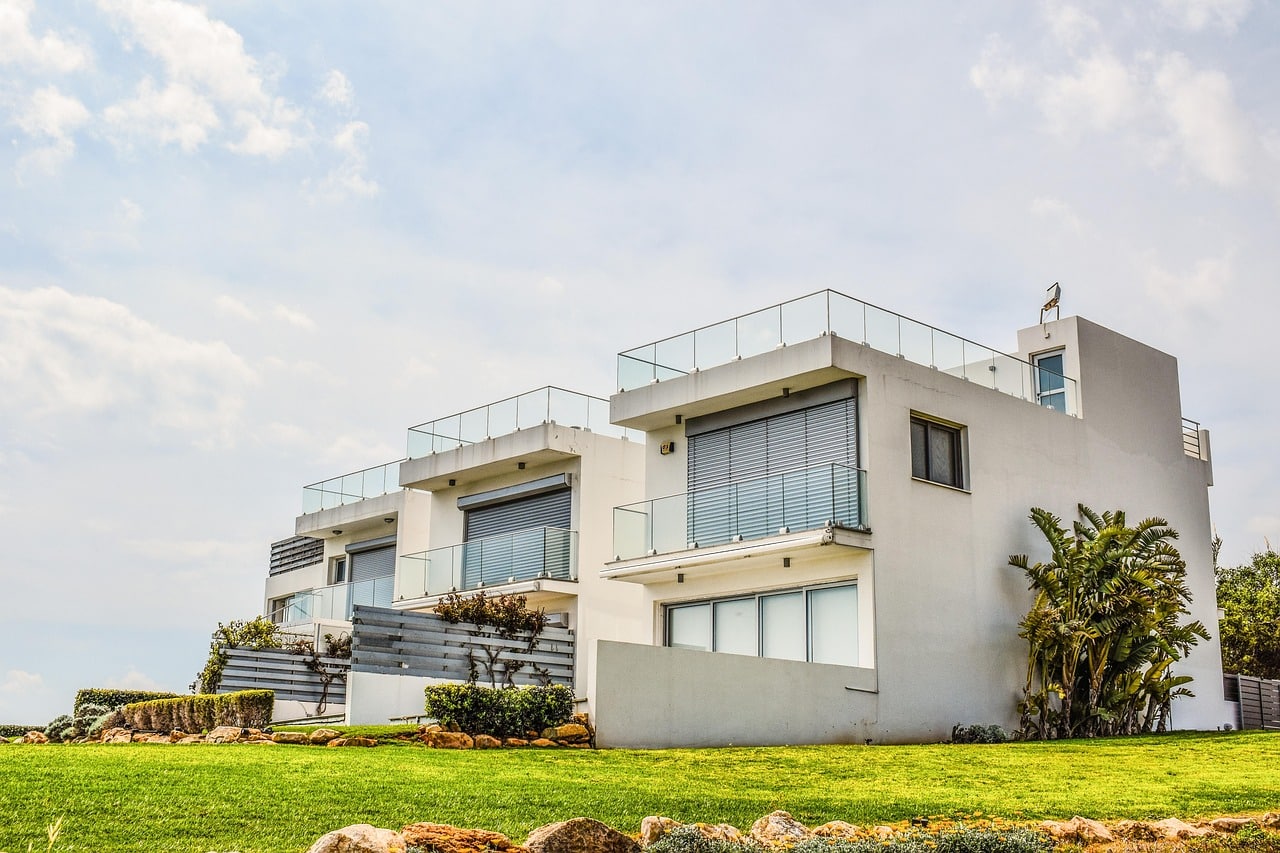It’s long been said that the UK’s high streets are dying. With online shopping offering more convenience, the cost of living crisis affecting Brits’ bank balances, and many companies switching to hybrid or remote working patterns, many offices and shops are feeling the pinch.
But are these empty premises, particularly offices, the ideal choice for property developers looking for much-needed land? On the face of it, they might be. But the process doesn’t come without risks and headaches.
In this guide, we will examine the pros and cons of converting former commercial properties into residential ones and explore the process involved.
What is Commercial Property?
Commercial property tends to be any building or premises that isn’t used for residential purposes, or other public uses such as schools, hospitals, sports, etc. However, in the context of this guide, we’re focusing primarily on smaller examples. Instead of large industrial complexes or shopping locations, we’re going to discuss buildings such as high-street shops, cafes and offices.
Because these are often in ideal locations, are near transport links, and can be bought for less, they can represent an excellent opportunity for property developers. Let’s take a deeper look.
The Pros & Cons of Commercial Property Development
While there are plenty of positives, there are things to be considered when converting commercial property.
The benefits of commercial to residential conversion
- Good location: Typically, commercial properties for conversion are in ideal locations in the middle of towns and cities, with excellent access to shops, transport links, public spaces and other important amenities.
- Easier, more cost-effective development: Although not always the case, because the building is already there (and presumably in decent condition), these projects may be quicker to turn around. This can reduce material and labour costs, and also lower the carbon footprint of the project.
- Existing utilities & infrastructure: Things like access rights, as well as the electricity, water, and internet/telephone connections, should already be in place, simplifying the project.
- Meets local housing demand: Many towns and cities need more housing, and utilising otherwise empty buildings can help improve the supply. This can also have the effect of revitalising deprived areas and improving communities.
- Potential for reliable returns or rental income: Although the rental income from commercial property is often higher, it can be more volatile. In comparison, residential rental income is often seen as safe. Similarly, residential properties can demand better prices when it comes to selling.
- Uses otherwise empty land: Developers need to balance conservation with providing housing, and using already developed land can save green space elsewhere.
The drawbacks of commercial to residential conversion
- Potentially limited design and layout options: Converting an existing structure limits options regarding size, layout and design.
- Poor lighting & ventilation: Some commercial units, especially former shops, can suffer from poor lighting and ventilation due to their design.
- Little to no outside space: Most commercial spaces will not have space for gardens or driveways.
- Requires a change of use and planning permission: While the rules can vary, some commercial premises will require planning permission and a change of use from the local authority.
- Buildings can have hidden issues: Older units may suffer from issues around poor wiring, asbestos, damp or structural issues which may not be immediately apparent.
What’s Involved With Converting Commercial Properties?
Since March 2024, there have been several changes made to legislation in the UK to help simplify the process of converting commercial property. Specifically, they concern amendments to Permitted Development Right Class MA.
For developers, the most important changes are around removing the floorspace cap and eliminating the vacancy requirement. Previously, only commercial (Class E) buildings up to 1,500 square metres could be eligible for conversion, and they also had to be vacant for at least 3 months before the application.
However, listed buildings and those located in conservation areas, national parks, AONBs, World Heritage sites and Sites of Special Scientific Interest (SSSIs) will likely still have conditions and restrictions on any proposed conversion. Similarly, other existing conditions relating to prior approval, such as transport access, flooding, contamination, habitation and light and noise pollution, are still in place.
Lastly, Article 4 Directions allow local authorities to remove permitted development rights, and go through the standard planning application process, if they believe that unrestricted development will damage certain areas. Most often these have been used to address concerns around the growing number of HMOs, and the effects they can have on local services, overcrowding, and a loss of family-sized homes.
Funding Your Commercial to Residential Project
Converting commercial buildings into residential properties can be a rewarding and profitable exercise. But these projects can require a different set of skills and expertise compared to developing a property from scratch. Unexpected delays and expenses, planning hurdles and other limiting factors can all impact your finances.
We’ve got experience working with talented developers, on unique projects, across the South East. If you need to secure funding for your next project, don’t hesitate to contact us. Normally, we can provide an agreement in principle within a week.






